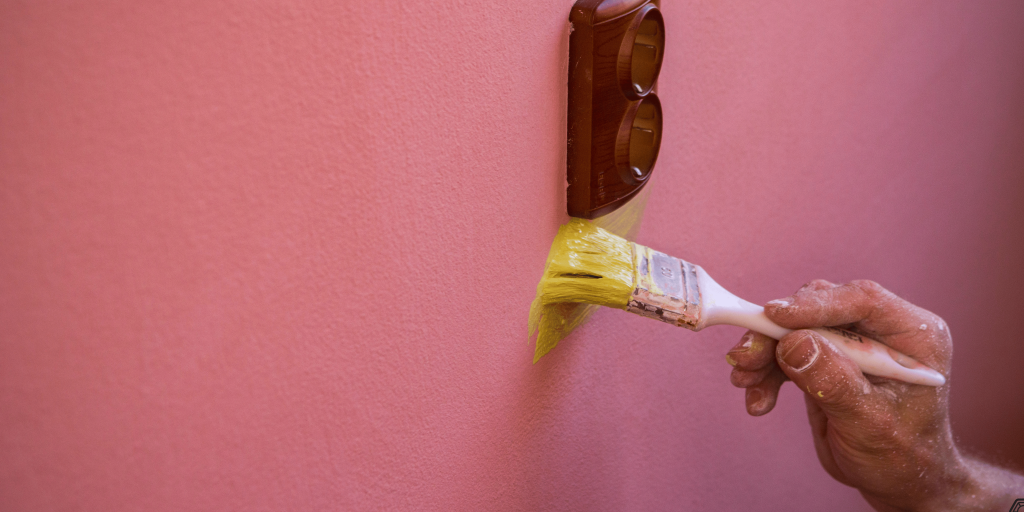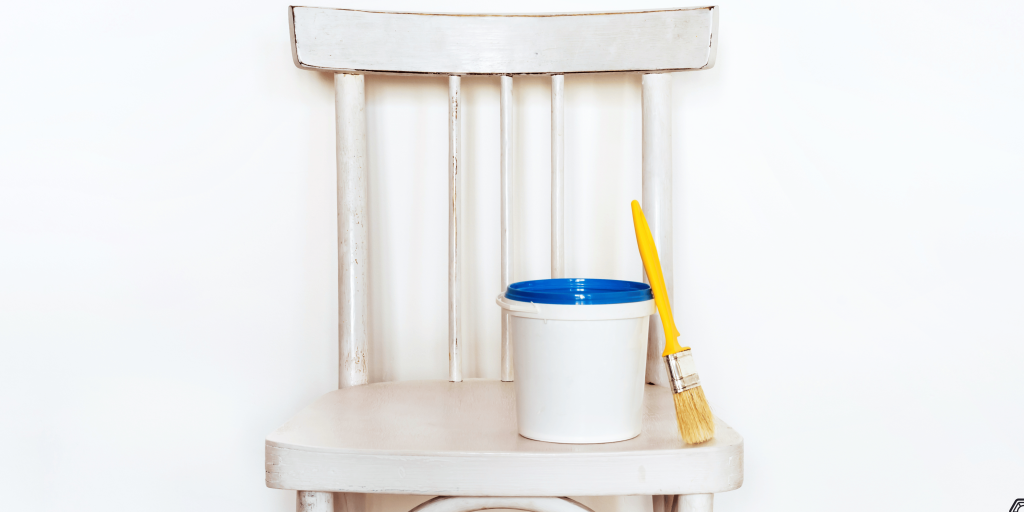The following factors can help determine the frequency of wall repainting. The type of paint used is essential because different types of paint have different expected life spans. Another critical factor is the condition of the walls, where areas with high traffic, children, and pets will require repainting more often.
Other contributors that can influence the durability of paint include climate, since temperature, humidity, and sunlight exposure can have a big impact on paint. The condition of the previous paint job is also critical because if the last job was done poorly or with low-quality paint, the walls will need to be painted more often. Another factor is the color of the paint, as the darker colors will usually require repainting more often than the lighter ones.
Lastly, the aesthetic value of the home is something to consider, with people who want their homes to look new and well-maintained painting their homes more often.
Indications That Your Walls Require Repainting
Visible Wear and Tear
One indication that your walls require repainting is when the paint has faded or started to chip or peel off. If there are some parts of the house that have paint that is beginning to peel off, then it is high time to repaint the house.

Fading or Discoloration
Another indication that your walls may require repainting is when they have faded or have some discoloration. As time passes, the paint may get exposed to sunlight and other conditions that may make the color of the paint change or even fade. If you find that your walls are no longer the color that they used to be, then it may be time to repaint them.
Hidden Indicators
Besides the physical signs of damage, there are other signs that you may see that suggest that your walls need a new coat of paint. For instance, if you notice that your walls are hard to clean or that stains and dirt stick to them more readily, this could be an indication that the paint is already worn out and is no longer giving a smooth and clean surface. Likewise, if you notice any signs of water damage or mold on your walls, then it is advisable to take action and repaint the walls, if necessary.
Recommended Frequency for Repainting
The frequency of repainting your walls may also differ depending on the factors discussed above. On average, it is suggested that interior walls should be painted over every three to five years. This timeframe ensures that there is frequent maintenance and upkeep of the house without having to do a total renovation too often.
There are other aspects that may affect the frequency of repainting your walls, including areas that are prone to traffic, exposure to sunlight, and the quality of the previous paint job done on the walls. For the exterior walls, the general rule of thumb is that the painting should be done every five to seven years. Exterior paint is subjected to more extreme conditions like sun, rain, and temperature changes. Therefore, it is expected to deteriorate faster than interior paint.
Also, if you reside in an area characterized by severe weather conditions or high pollution levels, you may require repainting your exterior walls more frequently to ensure they are well-protected and look new.
Benefits of Regular Repainting
Here are some reasons why you should repaint your walls from time to time. The first and probably the most apparent reason is to enhance your house’s appearance. Painting a room is one of the easiest ways to change the appearance of a room and make it look fresh and new.
Doing so also ensures that your home is in proper condition and aesthetically pleasing, thus increasing its value. Besides the visual improvement, it is also important to note that repainting your walls regularly will prevent them from getting damaged. Paint serves as a shield that prevents water, dust, and other elements from harming the surface.

Cost Considerations
Another factor you should consider is the cost. The cost of repainting your walls will depend on the size of the area to be painted, the type of paint used, and whether you will be doing the painting yourself or hiring a professional to do it for you. The cost of repainting a room can range from a few hundred to several thousand dollars depending on many factors.
Having and staying within your budget when painting is something you need to treat as one of the many expenses incurred in maintaining a home. Even though it may seem like an unnecessary expense at times, it is crucial to understand the advantages of repainting a house.
Why It Is Advantageous to Hire a Professional Painter
If you are not sure of the skills you have or if you are in a hurry, then it is advisable to hire a professional painter. This is because professional painters have the skills and knowledge required to do a great job. They also have access to professional-grade materials and equipment that can lead to a longer-lasting finish.
Conclusion
The general guideline for repainting interior walls is every three to five years, while exterior walls should be repainted every five to seven years because they are exposed to more extreme conditions. Some of the advantages of repainting include enhancing the appearance of the house, protecting it from damage and wear and tear, and enhancing the quality of air inside the home. It is essential to consider the cost implications of repainting as it can cost from a few hundred dollars to several thousand dollars depending on factors such as the size of the area and the type of paint used.
To determine whether it is better to paint your house on your own or hire a professional painter, you must consider the time you have, the skills needed for painting, and the amount of money you are willing to spend. To maintain painted walls, you must clean them using mild detergent and water, fix any problem like water damage or mold growth, and use paint to touch up any area that may be damaged. Thus, homeowners can maintain the appearance of their painted walls and keep them in solid condition for a long time.

